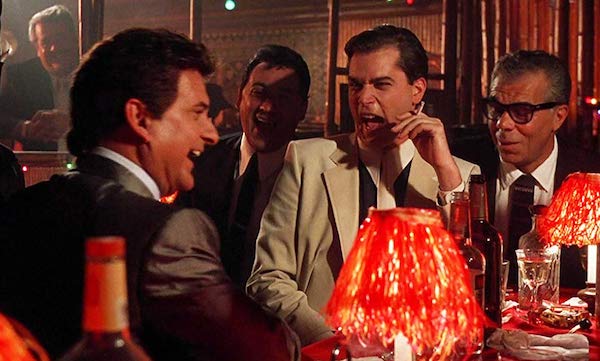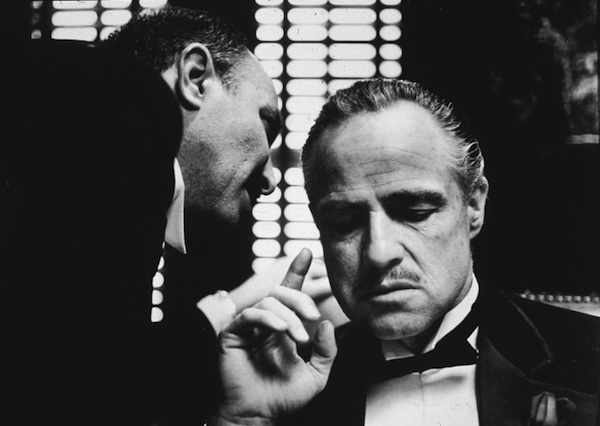How should we treat morally challenging art?

See the Top Ten Quotes that Prove You Worship the Wrong Classic Movie Characters!
In The New York Times, Wesley Morris asks the difficult question, in a long but well-reasoned essay: are we too concerned with the moral correctness of art (and creator) to fully engage with its quality or worth as art?
The real-world and social-media combat we’ve been in for the past two years over what kind of country this is — who gets to live in it and bemoan (or endorse!) how it’s being run — have now shown up in our beefs over culture, not so much over the actual works themselves but over the laws governing that culture and the discussion around it, which artists can make what art, who can speak. We’re talking less about whether a work is good art but simply whether it’s good — good for us, good for the culture, good for the world.
I tend to come down about two thirds toward correctness, personally. There is so much art out there, it’s totally fine to go through life ignoring the works of people who’ve done terrible things, or art that fails in its attempt to condemn the terrible things it depicts. I doubt I’ll watch another Woody Allen movie in this life. I am the rare person who thinks Wolf of Wall Street and Goodfellas are not that great, because despite being expertly made, they spend too much time glamorizing terrible people to be effective condemnations of the monsters whose eventual downfall they depict (as evidence, look at how their worst, biggest fans react to and hold up those works as aspirational).
What acclaimed works of art do you object to morally?
Do we owe these works attention despite, or because of, the moral reactions they provoke?
Or is a better world of art on the other side of engaging with fewer “problematic” works?
